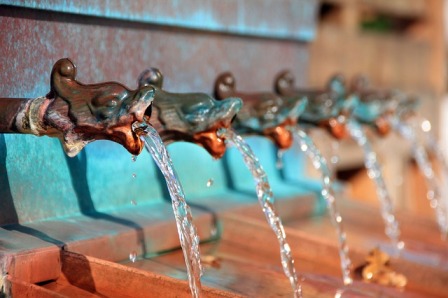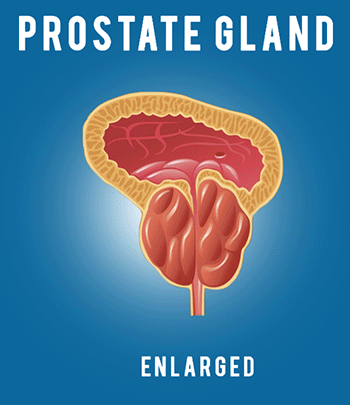How to Stay Hydrated in the Summer Heat
How to Stay Hydrated in the Summer Heat

Summer heat represents a great risk not only for people with the cardiovascular disease, but also for healthy people. The real challenge we all are experiencing is how to stay hydrated in the summer heat. According to medical experts, dehydration puts our bodies in the danger zone, where we can experience exhaustion, fatigue, headache, and even heart stroke. A main problem with dehydration is that people often miss to recognize its symptoms and fail to enter a proper amount of water that can replenish extensive perspiration during summer. Many of us tend to think that if we are not thirsty, there is no need for water intake. However, experts suggest drinking water and other liquid (except alcohol) in large quantities when temperatures reach their peak. To avoid dehydration, the article “H2O 101 – Stay Hydrated & Beat the Heat!” gives us some useful tips.
How to Stay Hydrated in the Summer Heat
• Use Helpful Tricks/Rules to Keep Hydration Top of Mind – it is recommended that women intake between 2-2.7 liters of water a day, while men should consume
between 3-3.7 liters per day. Not all of us think in liters so a good way to remember is by following the 8×8 or 10×10 rule, i.e. women should drink at
least eight 8oz glasses of water per day, and men should try aiming for ten 10oz glasses.• Know Your Lifestyle – If you workout heavily and/or often, live in a hot climate or are out in the heat frequently, or even if you’re pregnant and/or
breast feeding, all of these circumstances require a larger water intake each day.• Eat More Fruits and Veggies – You may not realize it, but many fruits and vegetables are packed with h2O. Furthermore, many of them include key nutrients
that allow your body to better absorb and use the water you’re drinking.• Keep a water bottle (or mug, canteen, etc) within reach – The more you make drinking water something that requires extra effort (i.e. getting up to grab
cup after cup), the less likely you are to drink enough of it. Keep a large sized water bottle or container of some sort nearby and within reach at all
times. If it’s in front of you and easy to grab, you’re much more likely to drink it!• Put Down the Soda – They do contain water and there isn’t hard evidence to suggest they dehydrate you, caffeinated or otherwise, but when you consume
sodas, you are drinking fluid, and therefore, feel like your thirst is being quenched. Because of this, many Americans end up unintentionally substituting
soda for water, and not consuming enough water as a result.• Mix it Up – If you reduce your soda intake and don’t feel like you have enough fun in your beverage repertoire, mix it up! You can incorporate flavored
waters or sparkling water, or try adding a slice of lemon, lime, or even orange to your standard purified water.
Except pure water, our bodies lose essential minerals and electrolytes through perspiration. Thus sometimes, drinking more water is not enough to overcome dehydration. Medical experts recommend eating soup, at least five portions of fresh fruits and vegetables, and drink mineral water. Especially important are foods that contain potassium such as bananas or orange juice. For those who exercise, drinking more water is a must. During exercise, experts suggest not only water intake but also drink some of the sports drinks. After training, a light meal based on fresh fruits or vegetables, accompanied with yogurt can quench our need for lost nutrients. Experts have also warned us against energy drink that cannot replace water and can even harm our body during the summer heat. If we reconsider summer heat wave as a risky period for our body, the challenge we are about to accept is to take more care of our needs. In this way, we will provide all necessary nutrients and fresh water at any time and place and avoid all uncomfortable symptoms regarding hydration.


